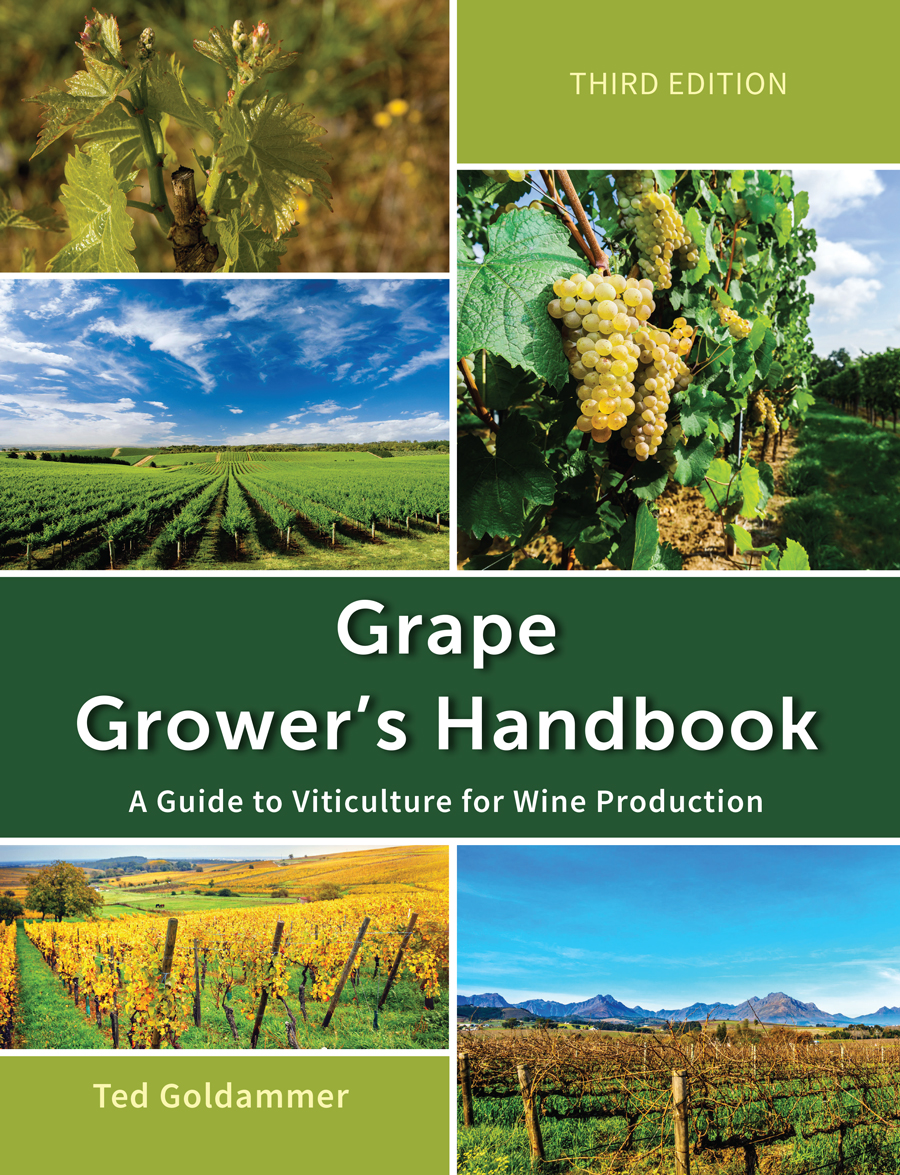Winter Protection of Grapevines
Factors Influencing Cold Hardiness
Vineyard Site Selection
Vineyard site selection is important for vineyards, since it not only influences the potential of winter damage but other factors that are important for vine health such as soil texture, water holding capacity, fertility, drainage, availability of irrigation water, possible sources of disease pressure, slope and sun exposure.
Growing Season Weather Influence
The conditions during the preceding growing season can have impact on vine hardiness and susceptibility to injury from severe weather episodes.
Grape Varieties
Grape varieties exhibit a broad range of potential cold hardiness based on their inherent genetic characteristics. Just as grape varieties have unique attributes such as flavors, aromas, and harvest dates, they also possess specific traits for winter hardiness. Some varieties are susceptible to damage at temperatures above 0 degrees F (-17.7°C) while other hardier grape varieties can withstand winter temperatures below -20 to -30 degrees F (-29 to -34°C).
Cropping Levels
Cropping levels are extremely important to maintain vine health as it can impact wood maturation and cold hardiness. The combination of overcropping (excessive crop load) and late harvesting grapevines, generally results in slower vine acclimation and the potential for winter injury.
Vine Health
Healthier vines are more likely to withstand lower temperatures and subsequent winter damage than unhealthy vines. Carbohydrate levels are higher in healthy plants allowing for higher solute concentrations inside the plant cell, which will prevent ice crystal formation.
Soil Water Status
Well-balanced vines supplied with adequate water are hardier than vines that have been undercropped or overcropped.
Click on the following topics for more information on winter protection of grapevines.

